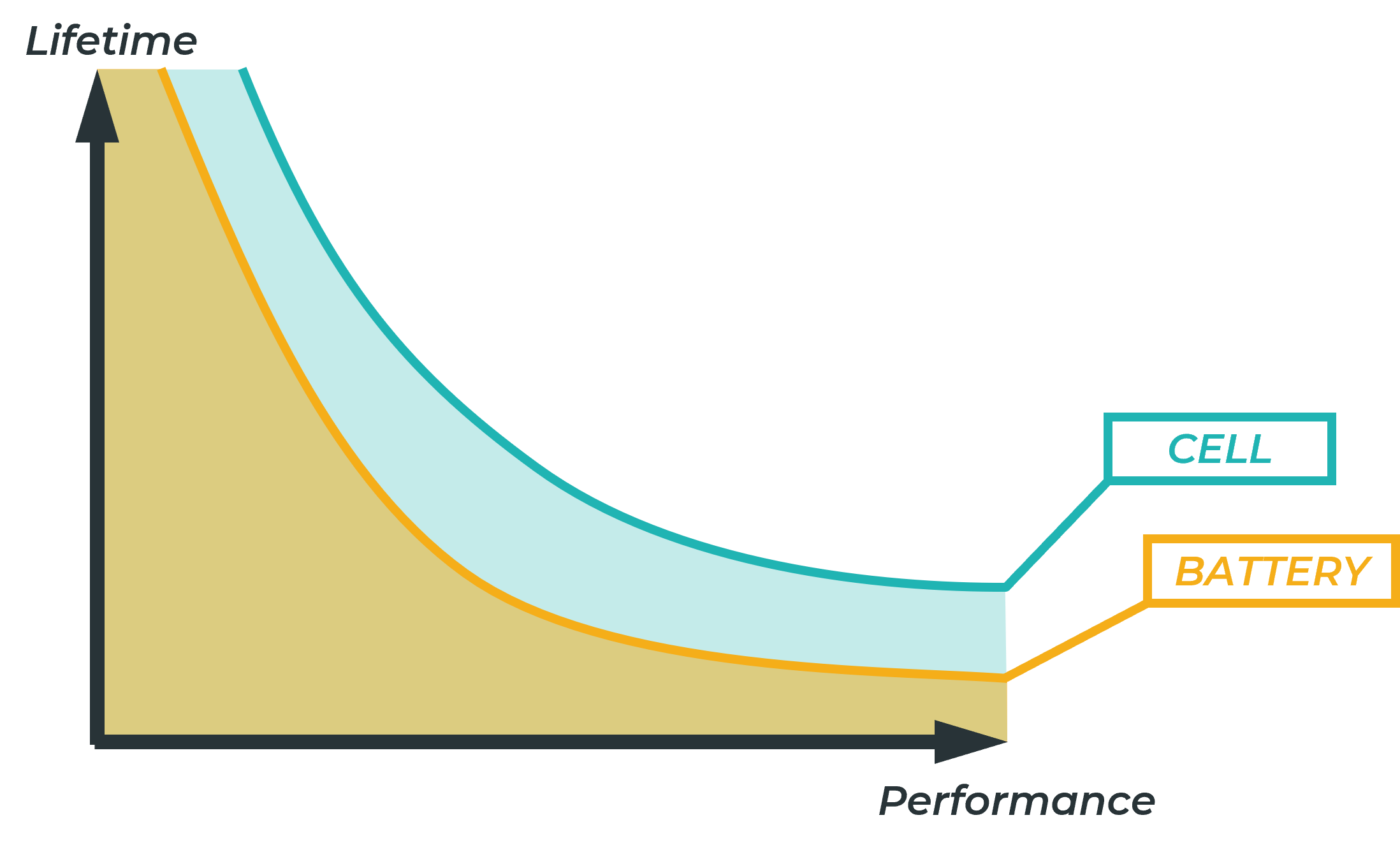
THE PROBLEM
There is a gap between individual cell and battery performance due to: Conservative limits, Cell variations & Imbalance
Especially for new cell technologies and refurbishment, variety and uncertainty is high
Battery pack performance is lower than individual cell performance, limiting cell capabilities from addressing market needs
Advanced hardware
By combining an improved sensing network with a bidirectional transfer circuit, the hardware unlocks the full potential of every cell in the battery pack.
Accurate cell-level model
By combining physics‑based understanding with data‑driven learning, FABBS models each cell’s state (SoC, SoH, SoP) and safe operating margins. The controller applies this knowledge to actively route energy, balancing cells and reducing wear under pack constraints. Outputs include standard SoX and diagnostics, while continuous logging produces a trustworthy dataset.
Adaptation & Integration
Seamless integration
Fits into current pack layouts with minimal redesign
Standards & safety
Designed with functional‑safety practices for different applications. More accurate SoX outputs further enhance safety outcomes
Outputs
All standard SoX expected by OEMs, plus enhanced diagnostics and balancing functions
Economics
The price premium is outweighed by added usable energy, longer life, and lower warranty cost, often within months depending on duty cycle and pack design
